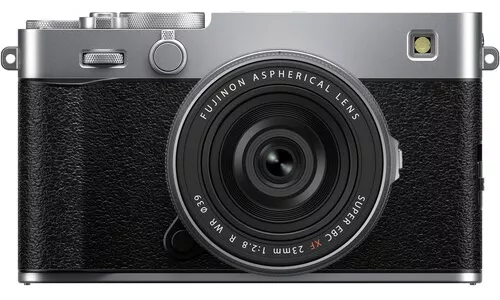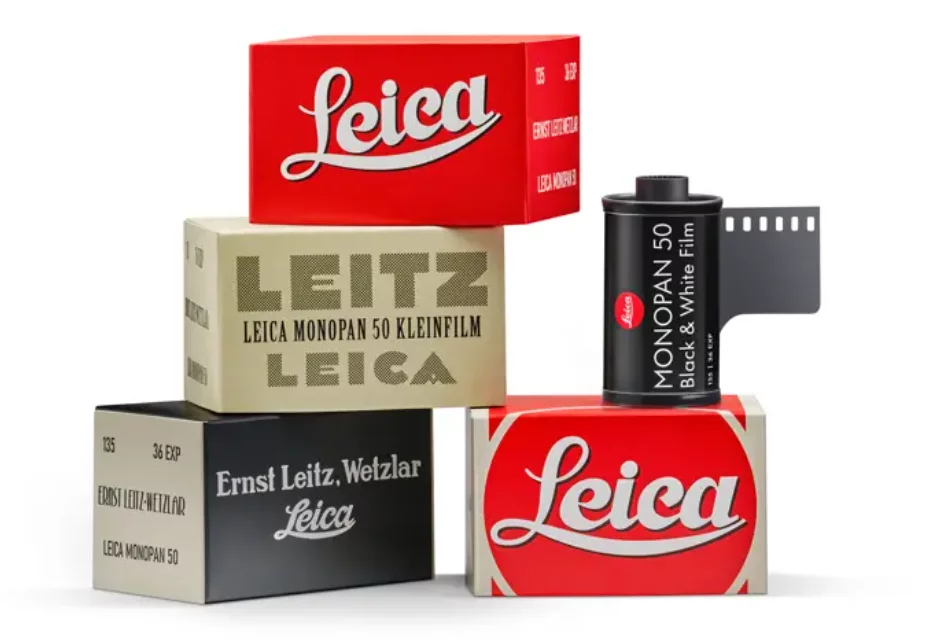Software that helps make a photographer’s life easier is always a welcome thing – and AI Gigapixel has a value proposition that might be hard to pass up, especially if you have an archive of older images that you would like to see upsized.
This program promises upsampling of your photos to create up to “3600% more pixels” using artificial intelligence (AI) technology and a simple, easy-to-use UI.

We’re talking about Topaz AI Gigapixel which has recently updated itself to become even more powerful than ever before.
Basically how AI Gigapixel works is that it upsizes lower resolution images by filling in the details in the new image for a natural-looking result. It’s pretty cool technology when you really think about it and just another illustration of how artificial intelligence is changing the field of photography in big ways. Not only does AI Gigapixel’s program allow for detail retention but also improved image quality – two big pluses in any book. The program also avoids the somewhat washed out results that other image resizers offer. It does this by performing tons of math on your picture and figuring out what works best and where.
Billed as the world’s first intelligent image resizer, AI Gigapixel now offers three new AI-based methods of upsampling your image or “reducing noise” in the picture.
As Picture Correct reports, previous editions of the program had difficulty working with users’ computers but those compatibility issues are now a thing of the past thanks to AI Gigapixel’s “CPU mode.” This mode gives people with lower end systems the ability to use AI Gigapixel’s features without the need to upgrade their equipment.
The update brings 6 new AI models to the program for 200%, 400%, and 600% image scaling across three different image quality classifications: None (high quality images), Medium, and High (for images with a ton of noise).





1 Comment
I understand that AI Gigapixel resizes. However, AI Clear is the noise reduction software. The process for ‘noisy’ photos would be to use AI Clear first, then follow with AI Gigapixel for resizing.